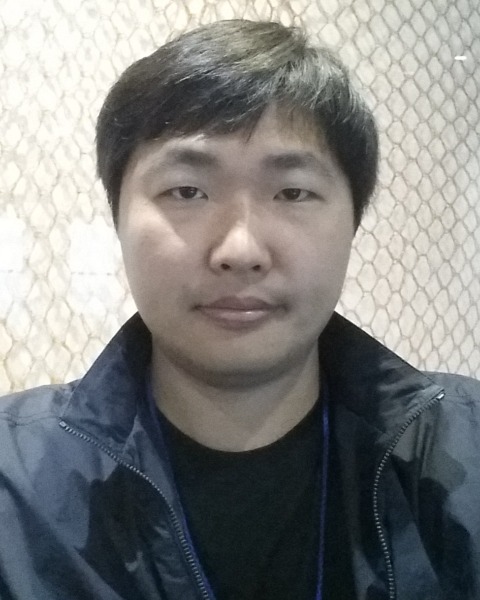Back
Asian Americans and Pacific Islanders
Social Inequality and Alcohol Use Disorder among Asian Americans and Pacific Islanders
Saturday, November 12, 2022
2:30 PM – 3:30 PM
Location: Poster 14

Daejun Park, PhD
Assistant Professor
Ohio University
Athens, Ohio, United States
Presenter(s)
Overview: This study provides evidence that Asian Americans and Pacific Islanders with high discrimination or adverse childhood experiences (ACEs) are associated with the increased alcohol use disorder criteria. I specifically identified three classes of social inequality, including people in high discrimination group, high ACEs group, and low inequality group.Proposal text:
Background: An understanding of the relationship between social inequality and alcohol use disorder (AUD) among Asian Americans and Pacific Islanders (AAPIs) is limited. The study explores associations of social inequality with the AUD criteria in the AAPI population.
Methods: Data was derived from the National Epidemiologic Survey of Alcohol and Related Conditions-III. The final study sample size was 1,340 respondents. A three-step latent class analysis (LCA) using the Bolck, Croon, and Hagenaars (BCH) method was performed to explore the heterogeneity within response patterns to items that depict social inequality among AAPIs. After determining distinctive groups, in addition, the relationship between classes and the AUD criteria was examined by the latent groups.
Results: Three classes were identified: Class 1 labeled “High Discrimination” (9.5%), Class 2 labeled “High Adverse Childhood Experiences” (ACEs; 11.0%), and Class 3 labeled Low Inequality (79.5%).
Results from the analyses of a multiple regression model suggest that Class 1 (High Discrimination; B = .615, SE = .29, p = .031) and Class 2 (High ACEs; B = 1.183, SE = .30, p < .001) are more susceptible to AUD compared to Class 3 (Low Inequality). The average number of AUD criteria among AAPI people who had experienced high levels of ACEs was 2.51.
Conclusions: Results from the study show that how social inequality among AAPIs is distributed across classes and illustrate its associations with the AUD criteria. Tailored interventions based on a trauma-informed perspective are warranted for AAPI populations. Further studies are also necessary to more effectively understand social inequalities through an ecosocial perspective.
Background: An understanding of the relationship between social inequality and alcohol use disorder (AUD) among Asian Americans and Pacific Islanders (AAPIs) is limited. The study explores associations of social inequality with the AUD criteria in the AAPI population.
Methods: Data was derived from the National Epidemiologic Survey of Alcohol and Related Conditions-III. The final study sample size was 1,340 respondents. A three-step latent class analysis (LCA) using the Bolck, Croon, and Hagenaars (BCH) method was performed to explore the heterogeneity within response patterns to items that depict social inequality among AAPIs. After determining distinctive groups, in addition, the relationship between classes and the AUD criteria was examined by the latent groups.
Results: Three classes were identified: Class 1 labeled “High Discrimination” (9.5%), Class 2 labeled “High Adverse Childhood Experiences” (ACEs; 11.0%), and Class 3 labeled Low Inequality (79.5%).
Results from the analyses of a multiple regression model suggest that Class 1 (High Discrimination; B = .615, SE = .29, p = .031) and Class 2 (High ACEs; B = 1.183, SE = .30, p < .001) are more susceptible to AUD compared to Class 3 (Low Inequality). The average number of AUD criteria among AAPI people who had experienced high levels of ACEs was 2.51.
Conclusions: Results from the study show that how social inequality among AAPIs is distributed across classes and illustrate its associations with the AUD criteria. Tailored interventions based on a trauma-informed perspective are warranted for AAPI populations. Further studies are also necessary to more effectively understand social inequalities through an ecosocial perspective.
Learning Objectives:
- Upon completion, participant will be able to define how to measure social inequality in Asian Americans and Pacific Islanders.
- Upon completion, participant will be able to demonstrate socio-demographic factors associated with the alcohol use disorder criteria.
- Upon completion, participant will be able to describe distinctive groups among AAPI populations through an ecosocial perspective.
